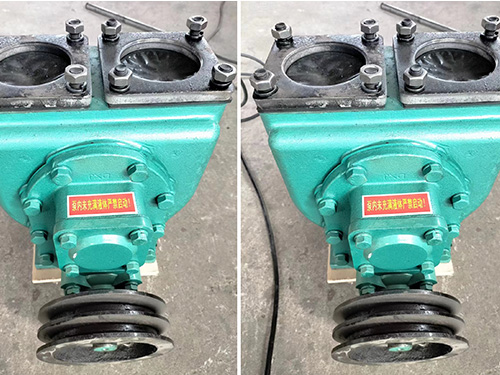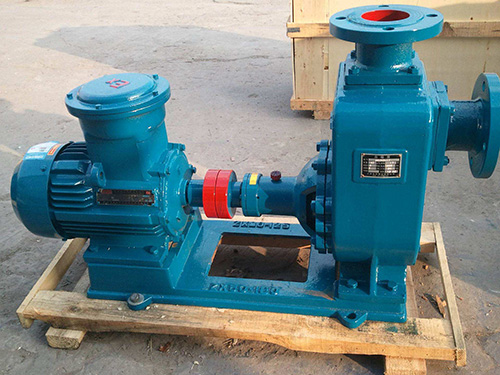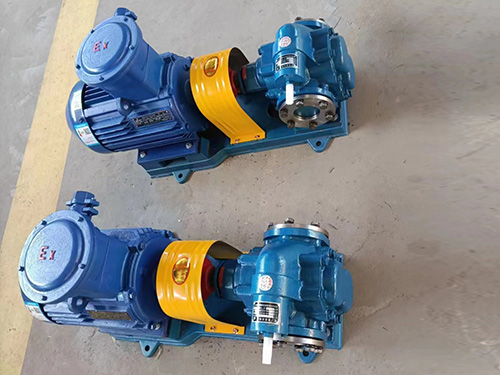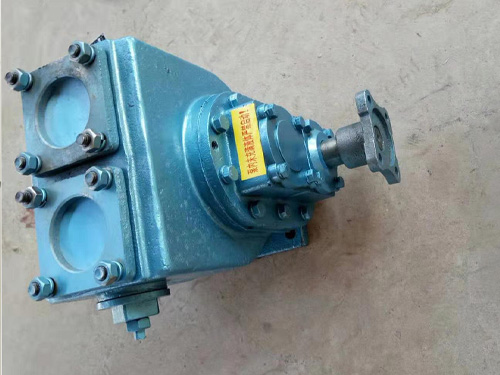How to maintain and assemble petrochemical stainless steel gear pumps in daily life
2023-02-14 14:59:53
{1} How to maintain stainless steel gear pumps on a daily basis
When transporting oil products, gear pumps are often used as a type of pump because of their simple structure, convenient operation, affordable price, and wide range of applications. Therefore, gear pumps are a very popular type of pump. Gear pumps rely on a pair of gears to engage and form a pressure to transport liquids. Because gears require lubricating liquids, most gear pumps are used to transport oil, so gear pumps are mostly referred to as gear oil pumps. However, gear pumps also have their limitations because they cannot transport oils containing solid impurity particles. If there are impurities in the material, other pumps such as the CYZ type self priming pump can only be used Gear oil pumps are generally made of two common materials: stainless steel and cast iron. Stainless steel gear pumps have corrosiveness and are stronger than cast iron materials. Therefore, if the environment is harsh, we generally recommend using stainless steel gear oil pumps. The commonly used gear oil pumps include KCB gear oil pump, YCB arc gear oil pump, and WCB portable gear oil pump. These three types of gear pumps all have stainless steel and cast iron materials, but their purposes are different. KCB gear pumps are more common, while YCB arc gear pumps have lower noise and higher pressure; The WCB handheld gear pump is a small flow gear pump that can only be used in situations such as fuel dispensers or oil extraction drums{2} Assembly of gear oil pump
1. Key points for assembly of gear oil pump.
During assembly, the pump body and stainless steel gear pump cover should be intact and not disordered. The main and passive gears should be of equal height, with a height difference of no more than 0.03mm; When pressing the driving gear shaft into the driving gear, the hot pressing method should be used. The driving gear should be uniformly heated to 150 ℃~200 ℃ before pressing in; The passive gear shaft is pressed into the gear oil pump housing. The value of the shaft head penetrating into the separated surface of the shell should comply with the regulations; After pressing the corresponding bushings into the passive gear, pump housing, and rear cover, the bushings should not protrude from the two ends of the gear, the end face of the pump cover, and the bottom plane of the pump body cavity; After the gear pair is installed in the housing, the end face clearance, tooth tip to pump clearance, and tooth side clearance should meet the technical requirements; The assembled gear oil pump should operate flexibly without any jamming phenomenon. The pressure limiting valve should be able to move flexibly inside the valve body, and can seat freely by its own weight, with a tight seal; The oil collection filter screen should be intact. If there is any damage, it is allowed to use soldering to plug it, but the soldering area should not exceed 10% of the filter screen area 2. Assembly of rotary gear oil pump When installing the outer rotor of a rotary gear oil pump, the chamfered side of the outer rotor end face should be first installed in the housing, and then the inner rotor should be rotated to check for flexibility 3. Breakin test The installed gear oil pump should undergo a running in test on the gear oil pump test bench. When running in, first run at the rated speed without load for 4 minutes, then gradually increase the load to the standard pressure for 3 minutes. There should be no noise, overheating, or oil leakage during the running in. After running in, check whether the repaired gear oil pump meets the specified performance indicators
The YHCB high flow pump has the characteristics of large flow rate, high head, small settli...

The CYZ centrifugal pump adopts an axial return liquid pump body structure, which is compos...

Copper gear pump (KCB type) is suitable for conveying lubricating oil or other liquids with...

The car mounted circular arc gear pump can be installed on the car and driven by the output...



